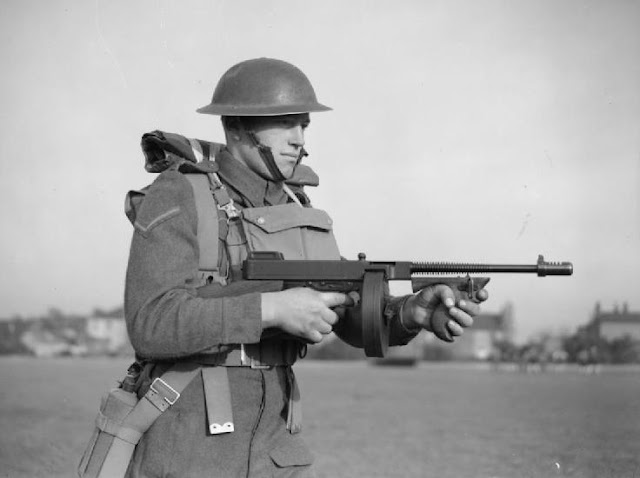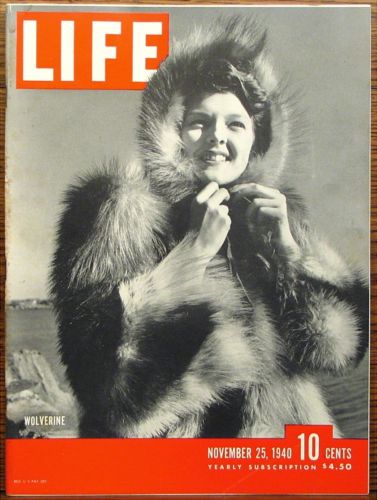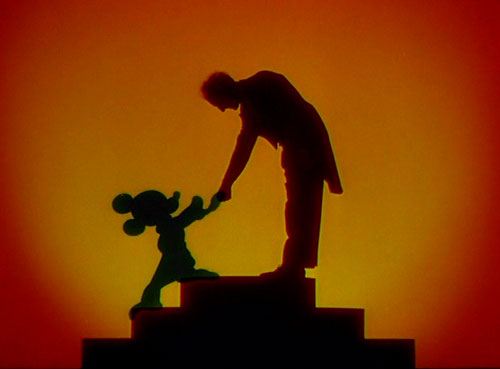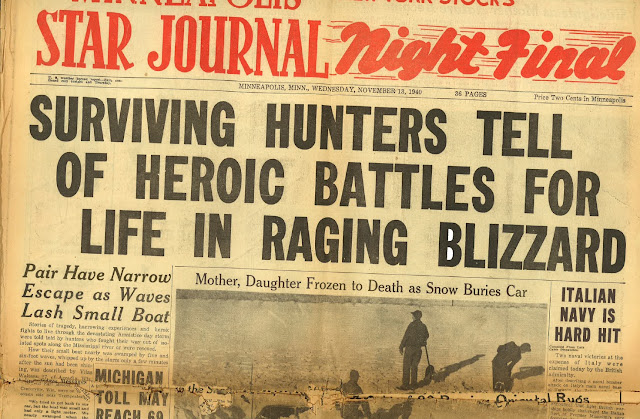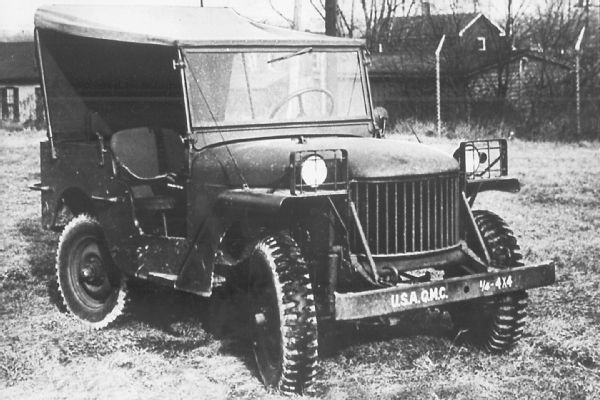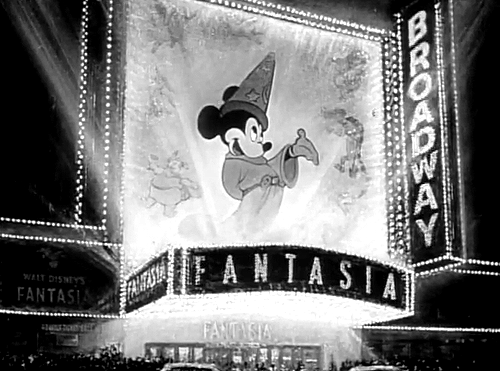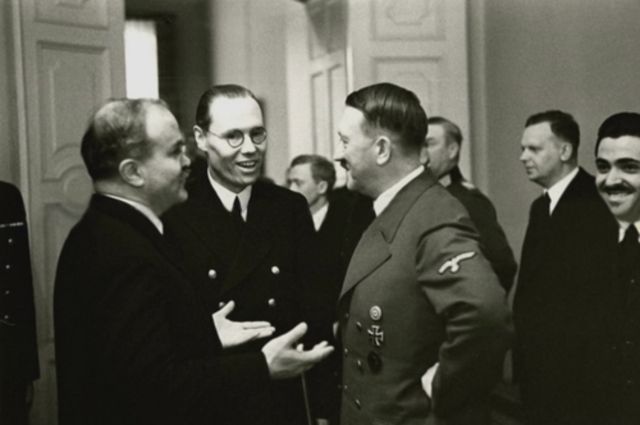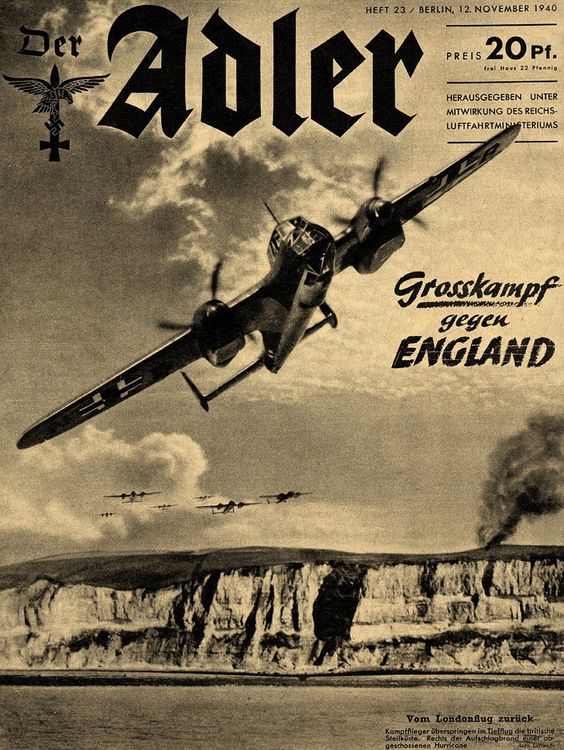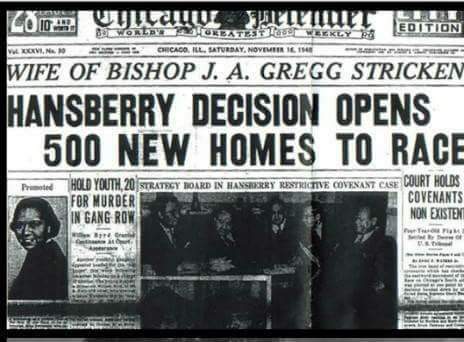Friday 14 January 1941
 |
| Thai coastal defense ship Thonburi, sunk (later refloated) at the Battle of Koh Chang, 17 January 1941. |
Italian/Greek Campaign: The Greeks continue consolidating their hold on the key strategic pass on 17 January 1941. They are not yet able to advance beyond the pass toward the key port of Savona, however, as the Italians are making its defense a top priority. While the Greeks have made significant gains all along the front, they have not broken through to the coast anywhere except by pushing forward on the coast itself.
The British plan a raid (Operation Blunt) by men of No. 50 (Middle East) Commando (based on Crete) on the Italian base at the island of Kásos, southeastern Aegean. However, the operation is postponed for obscure reasons, and ultimately never takes place. The proposed operation is not a sham or decoy, as several important Royal Navy ships are held in readiness for the operation.
European Air Operations: The Luftwaffe attacks Swansea, raining 32,000 incendiaries on it. The St. Thomas neighborhood is badly damaged. There are 97 casualties and 55 deaths.
The RAF raids shipping off the Dutch coast, with some small-scale attacks made on Brest, Cherbourg, and some French airfields.
On a cold, winter's day, a German Heinkel He 111 reconnaissance plane from Oldenburg near Bremen crashes near Vaasetter, Fair Isle, Shetland. The Heinkel, piloted by Leutnant Karl Heinz Thurz (who survives) is shot down by two Hurricane Mk 1 pilots, Pilot Officer Eddie Berry (RNZAF) and Flight Officer R Watson (RCAF) from RAF No. 3 Squadron based at Sumburgh in the Shetland Isles. Three crew members survive (two perish) and are placed under citizen's arrest by some of the locals. Everyone calmly awaits the arrival of the Royal Navy to take care of them.
This incident made quite an impression and has been extensively researched for some reason, such as here and here. Pieces of the plane can still be seen on the island, scattered all about. Thurz returned for a visit in the 1980s and passed away in 2006.
While air action has died down considerably, there still are the occasional interceptions. Hauptmann (Captain) Herbert Ihlefeld of Stab I./LG 2 shoots down a Spitfire at 16:00 for his 26th claim.
Battle of the Atlantic: U-96 (Heinrich Lehmann-Willenbrock), on its second patrol out of Lorient, is chasing another freighter (unknown, and a very lucky escape) when it happens upon an "independent," 14,936-ton British liner Almeda Star (Commodore Harry Cecil Howard of the Blue Star Line), in the shipping lanes south of Iceland (about 35 miles northeast of Rockall). Liners don't like to participate in convoys because they figure that speed will protect them more than crossing as part of a group. This time, the reasoning proves faulty, as U-96 puts a torpedo into the liner at 07:45. While the liner stops, it does not sink, so Lehmann-Willenbrock puts another torpedo into it - but it remains afloat. Finally, after putting two more torpedoes into the stricken liner and hitting it with 15 of 28 incendiary shells, the Almeda Star sinks at 13:59.
With no other ships around - one of those hidden values of being in a convoy is having rescue ships nearby - the 359 people on board (including 177 Royal Navy personnel traveling as passengers) have little chance. Lehmann-Willenbrock sees four lifeboats, but the seas are rough and the weather is brutal. They all perish and no trace of them is ever found.
The Almeda Star sinking results in one of the largest losses of life with no survivors - perhaps the largest - on the North Atlantic run. Rescue efforts are hampered by the nearest ships having fuel issues, which delays anyone arriving on the scene. Hours count when the weather is below freezing and you are in an open boat. The Royal Navy sends ships to try to track down the U-boat, but they have no luck.
Italian submarine Marcello continues a recent streak of Italian aggressiveness in the Atlantic, spotting a convoy near the Outer Hebrides and moving in for the attack. However, the escorts spot the submarine and attack, damaging the submarine with five depth charges. This forces the Marcello to return to base.
German cruiser Admiral Scheer (Captain Krancke) remains on the loose in the South Atlantic, defying Royal Navy attempts to track it down. On or about this date (some sources say the 18th), it captures 8038-ton Norwegian oil tanker Sandefjord (Torger S. Torgersen). The Sandefjord carries 11,000 tons of crude oil and eventually is sent to the Gironde inlet, France, which it reaches safely.
The Luftwaffe is active against shipping during the day. It damages 2671-ton Norwegian freighter Thoroy at Avonmouth and both 9555-ton Panamanian tanker Norvik and 3204-ton Norwegian freighter Novasli at Swansea.
In a sinking redolent with history, the Royal Navy sinks tender Ingénieur Reibell. She had been sunk intentionally as a blockship at Cherbourg during the German invasion of France, but subsequently raised. The Germans turned her into an armed coastal vessel. Not much is known about this incident, including her location. Oh, the historical connection? Her original name was the SS Traffic, and she was built by the White Star Line to ferry passengers to large luxury liners. She took some of the third class passengers to board RMS Titanic in 1912. This is one of several direct connections to the Titanic during World War II, including Titanic officer Charles Lightoller's famous participation in the Dunkirk evacuation.
Royal Navy corvette HMS Rhododendron hits a mine in Liverpool Harbour and is damaged. It will spend three months there being repaired.
British 8966-ton tanker Athelduke hits a mine in Bristol Channel - one of the numerous vessels to hit mines there in recent weeks - and the crew manages to beach the ship at Whitmore Bay.
Some sources place the sinking of 10,578-ton British freighter/passenger ship Zealandic by U-106 today, but others put it on the 16th, where we discuss it more completely.
Convoy FN 386 departs from Southend. Convoy FS 390 departs from Methil, Convoy HG 51 departs from Gibraltar, Convoy BN 13 departs from Aden.
Battle of the Mediterranean: The Australians and British continue preparing for the next stage of Operation Compass, the capture of Tobruk. A bad sandstorm sets back preparations. General O'Connor, commander of XIII Corps, minding the store with General Wavell in Greece, is anxious to begin the attack before the Italians land reinforcements at Tripoli. He also fears that the Chiefs of Staff will divert some of his forces to Greece, crimping his attack plans. In Operation IS 1, monitor HMS Terror and gunboat HMS Aphis set out from Alexandria to prepare to bombard Tobruk in preparation for the attack. They will be joined there by assorted other naval forces.
British Middle East Commander General Archibald Wavell concludes his meetings in Athens and briefly visits with local commanders on Crete before continuing on to Cairo. Wavell lands there with a strong sense of relief, later commenting on the Greek refusal of British ground forces:
The Luftwaffe sends planes against the Suez Canal for the first time, apparently from Sicily. They do not reach the target.
It is a quiet day on Malta (only some reconnaissance planes spotted) as both sides size up the results of the Illustrious Blitz of 16 January. Rescue efforts continue on the island, but the Director of the Public Works Department admits that he simply has too few men for the job, saying:
Anglo/US Relations: Senator James F. Byrnes of South Carolina gives a national radio address regarding the US posture towards the European war. While a fairly lengthy speech, the thesis is full contained in the opening paragraph:
Coincidentally (perhaps), in Glasgow, Churchill makes a speech in the presence of Roosevelt crony Harry Hopkins present which essentially makes the same point. He says, "We don't require in 1941 large armies from overseas." However, Churchill adds that Great Britain needs "far more" US weapons, airplanes, and tanks. He concludes:
Soviet/German Relations: Soviet Foreign Minister Molotov calls German Ambassador E.W. Graf von Schulenburg in to remind him that the Soviet Union considers Bulgaria within its security zone. Molotov also is curious why he hasn't had a reply to his 25 November 1940 offer to join the Tripartite Pact, and Schulenburg prevaricates, saying that Japan and Italy are the holdups.
Spy Stuff: There is an enduring rumor that at some point during World War II, the Germans built a dummy Luftwaffe base in Normandy with planes made of wood as a decoy. Displaying a somewhat sardonic sense of humor, the RAF then obligingly bombed it the next night - with wooden bombs. Since one account places that incident as happening today, might as well handle it here: while there are some German and journalistic "witnesses" to such an event (on various dates, and including a diary entry by William Shirer), there is absolutely no evidence on the Allied side that this ever happened. It may have happened, as anything is possible; there simply is no confirmation because it likely is a complete myth.
German Government: Reichsmarschall Hermann Goering gives a speech in which he downplays the effect of RAF bombing raids. He notes that "Throughout the Reich, armament factories are undisturbed." Characteristically, though, he does not mention anything about homes, other businesses, or civilian bomb casualties. What matters is armaments production!
US Military: The prototype Consolidated LB-30A bomber, a variant of the XB-24, makes its maiden flight. Only six are made. The aircraft has been in design since 1938 as an improvement on the B-17 Flying Fortress. This is a pre-production prototype bomber destined for the RAF, though originally ordered by the French. The British find the design lacking (no self-sealing fuel tanks, among other things) and never use them in combat. Later, the main variant of this craft becomes the B-24.
The US 38th Division is formed using National Guard divisions from Indiana, Kentucky, and West Virginia.
Rear Admiral Thomas Withers takes over as Commander Submarines Scouting Force, based at Pearl Harbor, from Rear Admiral Wilhelm L. Friedell.
Indochina: The Far East takes the spotlight today. A small French naval squadron, alternately called Groupe Occasionnel and Task Force 7, approaches the Thai fleet's anchorage off Koh Chang island at 05:30. Composed of light cruiser La Motte-Picquet, the modern avisos (patrol boat) Dumont d'Urville and Amiral Charner, and the older avisos Tahure and Marne, the force splits into three groups. Aerial reconnaissance reports the presence of Thai torpedo boats. This flight, however, removes the element of surprise - not that that will matter.
The French cruiser quickly sinks three Thai torpedo boats (Chonburi, Trad, and Songkhla) and destroys a shore observation post. The Thais bring up a coastal defense ship, HTMS Thonburi, and the French cruiser destroys it as well (it later sinks, and then is refloated) using both guns and torpedoes. The Thais then send aircraft to attack, getting a hit on the French cruiser, but the bomb is a dud and causes no damage. After damaging two other coastal defense ships, Sri Ayuthia (beached in the River Chantaboum) and Donburi, the French then withdraw, sustaining virtually no damage and having destroyed the entire Thai fleet. The French only lose 11 men.
It is a complete and total French victory (though the Thais later claim more damage caused to the French cruiser than the French or any other sources reveal). The Thais seem to recall this battle with some pride. The Japanese, seeing their tacit and informal ally Thailand in difficulty, quickly step in to arrange a settlement before the French return and start bombarding Bangkok. The French, having great difficulty on land, accept this offer of mediation, and ultimately the Thais acquire all of the lands they originally sought but the French manage to keep the rest (for now). However, there is no doubt left in anyone's mind after the battle of Koh Chang that the French can still take care of themselves in Indochina.
China: Chinese Nationalist (Kuomintang) leader Chiang Kai-shek orders his troops to continue eliminating the Communist New Fourth Army, which he declares "disbanded."
British Homefront: Sir Fitzroy Maclean, a Scottish member of the diplomatic service who resigned and enlisted as a private in the Queen's Own Cameron Highlanders., is commissioned a 2nd Lieutenant. Maclean is considered a likely model used by Ian Fleming for the character of James Bond. He also is a close associate of Ralph Bagnold, the leader of the Long Range Desert Group (LRDG).
American Homefront: Fritzie Zivic successfully defends his world welterweight boxing title against Henry Armstrong before a crowd of 23,190 at Madison Square Garden. The crowd remains an all-time record for the venue.
"Caught in the Act," directed by Jean Yarbrough and starring Henry Armetta and Iris Meredith, is released. There is absolutely nothing special about this film, but I include it just to show that not all films back in the day were classics whose name or stars we all remember (and which then get listed on pages like this, making it seem like every film released back then was another "Citizen Kane"). And... I simply like truly obscure films with the atmosphere. "Caught in the Act" is a typical mistaken-identity gangster comedy film full of Italian stereotypes, a blond gangster moll, everyone chasing some dumb rube at the center of it all who somehow foils everyone - you get the picture.
January 2, 1941: Camp Categories
January 3, 1941: Liberty Ships
January 4, 1941: Aussies Take Bardia
January 5, 1941: Amy Johnson Perishes
January 6, 1941: Four Freedoms
January 7, 1941: Pearl Harbor Plans
January 8, 1941: Billions For Defense
January 9, 1941: Lancasters
January 10, 1941: Malta Convoy Devastation
January 11, 1941: Murzuk Raid
January 12, 1941: Operation Rhubarb
January 13, 1941: Plymouth Blitzed
January 14, 1941: V for Victory
January 15, 1941: Haile Selassie Returns
January 16, 1941: Illustrious Blitz
January 17, 1941: Koh Chang Battle
January 18, 1941: Luftwaffe Pounds Malta
January 19, 1941: East African Campaign Begins
January 20, 1941: Roosevelt 3rd Term
January 21, 1941: Attack on Tobruk
January 22, 1941: Tobruk Falls
January 23, 1941: Pogrom in Bucharest
January 24, 1941: Tank Battle in Libya
January 25, 1941: Panjiayu Tragedy
January 26, 1941: Churchill Working Hard
January 27, 1941: Grew's Warning
January 28, 1941: Ho Chi Minh Returns
January 29, 1941: US Military Parley With Great Britain
January 30, 1941: Derna Taken
January 31, 1941: LRDG Battered
2020
The British plan a raid (Operation Blunt) by men of No. 50 (Middle East) Commando (based on Crete) on the Italian base at the island of Kásos, southeastern Aegean. However, the operation is postponed for obscure reasons, and ultimately never takes place. The proposed operation is not a sham or decoy, as several important Royal Navy ships are held in readiness for the operation.
European Air Operations: The Luftwaffe attacks Swansea, raining 32,000 incendiaries on it. The St. Thomas neighborhood is badly damaged. There are 97 casualties and 55 deaths.
The RAF raids shipping off the Dutch coast, with some small-scale attacks made on Brest, Cherbourg, and some French airfields.
On a cold, winter's day, a German Heinkel He 111 reconnaissance plane from Oldenburg near Bremen crashes near Vaasetter, Fair Isle, Shetland. The Heinkel, piloted by Leutnant Karl Heinz Thurz (who survives) is shot down by two Hurricane Mk 1 pilots, Pilot Officer Eddie Berry (RNZAF) and Flight Officer R Watson (RCAF) from RAF No. 3 Squadron based at Sumburgh in the Shetland Isles. Three crew members survive (two perish) and are placed under citizen's arrest by some of the locals. Everyone calmly awaits the arrival of the Royal Navy to take care of them.
This incident made quite an impression and has been extensively researched for some reason, such as here and here. Pieces of the plane can still be seen on the island, scattered all about. Thurz returned for a visit in the 1980s and passed away in 2006.
While air action has died down considerably, there still are the occasional interceptions. Hauptmann (Captain) Herbert Ihlefeld of Stab I./LG 2 shoots down a Spitfire at 16:00 for his 26th claim.
 |
| French Light cruiser La Motte-Picquet (1939). Its 155 mm guns are hidden by the typical awnings used in peacetime, especially in the tropics. |
With no other ships around - one of those hidden values of being in a convoy is having rescue ships nearby - the 359 people on board (including 177 Royal Navy personnel traveling as passengers) have little chance. Lehmann-Willenbrock sees four lifeboats, but the seas are rough and the weather is brutal. They all perish and no trace of them is ever found.
The Almeda Star sinking results in one of the largest losses of life with no survivors - perhaps the largest - on the North Atlantic run. Rescue efforts are hampered by the nearest ships having fuel issues, which delays anyone arriving on the scene. Hours count when the weather is below freezing and you are in an open boat. The Royal Navy sends ships to try to track down the U-boat, but they have no luck.
Italian submarine Marcello continues a recent streak of Italian aggressiveness in the Atlantic, spotting a convoy near the Outer Hebrides and moving in for the attack. However, the escorts spot the submarine and attack, damaging the submarine with five depth charges. This forces the Marcello to return to base.
German cruiser Admiral Scheer (Captain Krancke) remains on the loose in the South Atlantic, defying Royal Navy attempts to track it down. On or about this date (some sources say the 18th), it captures 8038-ton Norwegian oil tanker Sandefjord (Torger S. Torgersen). The Sandefjord carries 11,000 tons of crude oil and eventually is sent to the Gironde inlet, France, which it reaches safely.
The Luftwaffe is active against shipping during the day. It damages 2671-ton Norwegian freighter Thoroy at Avonmouth and both 9555-ton Panamanian tanker Norvik and 3204-ton Norwegian freighter Novasli at Swansea.
In a sinking redolent with history, the Royal Navy sinks tender Ingénieur Reibell. She had been sunk intentionally as a blockship at Cherbourg during the German invasion of France, but subsequently raised. The Germans turned her into an armed coastal vessel. Not much is known about this incident, including her location. Oh, the historical connection? Her original name was the SS Traffic, and she was built by the White Star Line to ferry passengers to large luxury liners. She took some of the third class passengers to board RMS Titanic in 1912. This is one of several direct connections to the Titanic during World War II, including Titanic officer Charles Lightoller's famous participation in the Dunkirk evacuation.
Royal Navy corvette HMS Rhododendron hits a mine in Liverpool Harbour and is damaged. It will spend three months there being repaired.
British 8966-ton tanker Athelduke hits a mine in Bristol Channel - one of the numerous vessels to hit mines there in recent weeks - and the crew manages to beach the ship at Whitmore Bay.
Some sources place the sinking of 10,578-ton British freighter/passenger ship Zealandic by U-106 today, but others put it on the 16th, where we discuss it more completely.
Convoy FN 386 departs from Southend. Convoy FS 390 departs from Methil, Convoy HG 51 departs from Gibraltar, Convoy BN 13 departs from Aden.
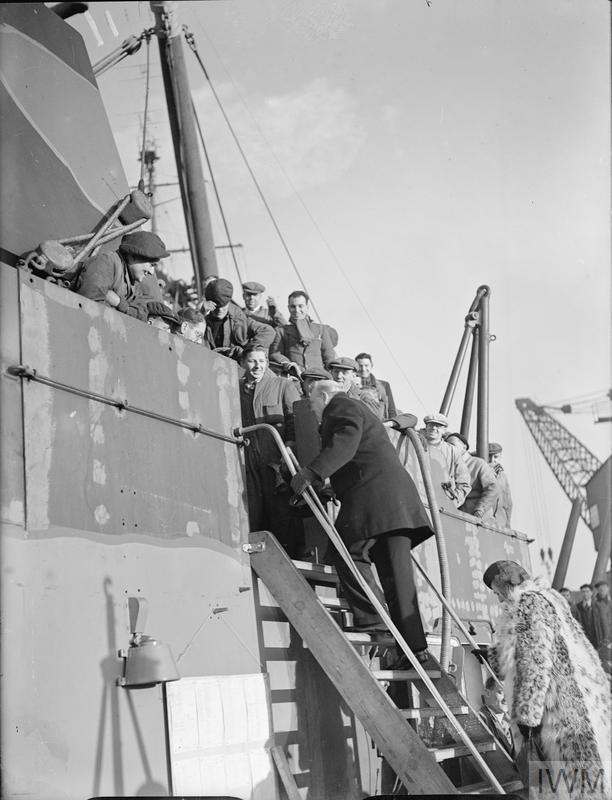 |
| Prime Minister Churchill and wife boarding battleship HMS Queen Elizabeth at Rosyth, Harry Hopkins already aboard, 17 January 1941. Clementine always knew how to dress, as did Winston, for that matter. © IWM (A 2733) |
British Middle East Commander General Archibald Wavell concludes his meetings in Athens and briefly visits with local commanders on Crete before continuing on to Cairo. Wavell lands there with a strong sense of relief, later commenting on the Greek refusal of British ground forces:
If that offer had been accepted, I should have had to stop my advance at Tobruk; I could not have gone on any further.The attack is affected by Wavell's temporary absence. General O'Connor has been taking instructions from Wavell, which orders at times have not precisely mirrored those received by Wavell himself from Churchill and Whitehall. With Wavell absent, O'Connor has been communicating directly with Wavell's superiors, and thus there is a subtle change in tone. The Headquarters, British Troops in Egypt, instructs him that there is no plan to advance on Benghazi after taking Tobruk and none should be instituted. With Wavell's return, however, the advance on Benghazi is back "on" - at least as far as Wavell and O'Connor are concerned. O'Connor complains about "serving two masters," but history shows that Wavell is the better judge of the tactical possibilities, not London.
The Luftwaffe sends planes against the Suez Canal for the first time, apparently from Sicily. They do not reach the target.
It is a quiet day on Malta (only some reconnaissance planes spotted) as both sides size up the results of the Illustrious Blitz of 16 January. Rescue efforts continue on the island, but the Director of the Public Works Department admits that he simply has too few men for the job, saying:
The number of men available was insufficient to cope with the occasion.... When the men worked long and strenuously during daytime... they could not reasonably be expected to protect their neighbors into the night.This cessation of activities is particularly regrettable because many people remain buried alive in the rubble throughout the night and into the next day. It sometimes takes hours by gangs to rescue a single person or a small group of people. In one such case, Reverend Canon John Theuma, a professor at the University of Malta, is said to be buried at his home on Victory Street. After digging for hours, however, the rescuers find him and his family dead. Theuma is emblematic of another tragic issue occurrence here and in England: he and his family had moved back to his home in the city, thinking that the ineffective Italian air raids were nothing to fear.
 |
| "The Prime Minister addressing ships' company and dockyard workers onboard HMS QUEEN ELIZABETH." Rosyth, 17 January 1941. © IWM (A 2737). |
There is nothing altruistic about the determination of the United States to aid those nations now defending themselves against the forces of aggression. We are moved by reasons more impelling. We know that our own Democracy is menaced by the forces that now seek to destroy those Democracies across the Atlantic. One conquest only whets the dictators' desire for more power. If Great Britain falls, the United States will stand practically alone on the brink of the precipice.While making clear who he supports, later in the address Byrnes bows to public sentiment that, by some measures, opposes a quick declaration of war:
The blood of heroic Americans need not be shed. Humming machines in American factories can and will enable Britain to hold the enemy and give us time to arm.This speech nicely encapsulates the fine line that the administration is walking, actively opposing Hitler but not actually entering the fighting.
Coincidentally (perhaps), in Glasgow, Churchill makes a speech in the presence of Roosevelt crony Harry Hopkins present which essentially makes the same point. He says, "We don't require in 1941 large armies from overseas." However, Churchill adds that Great Britain needs "far more" US weapons, airplanes, and tanks. He concludes:
Whatever the suffering, we shall not fail mankind at this turning point of its fortunes!He further adds a tacit plea for passage of the US Lend-Lease bill, noting, "All that we can pay for we will pay for, but we will require far more than we shall be able to pay for."
 |
| "The Prime Minister being welcomed by the Captain of the battleship HMS QUEEN ELIZABETH, Captain C B Barry, DSO." Rosyth, 17 January 1941. © IWM (A 2734). |
Spy Stuff: There is an enduring rumor that at some point during World War II, the Germans built a dummy Luftwaffe base in Normandy with planes made of wood as a decoy. Displaying a somewhat sardonic sense of humor, the RAF then obligingly bombed it the next night - with wooden bombs. Since one account places that incident as happening today, might as well handle it here: while there are some German and journalistic "witnesses" to such an event (on various dates, and including a diary entry by William Shirer), there is absolutely no evidence on the Allied side that this ever happened. It may have happened, as anything is possible; there simply is no confirmation because it likely is a complete myth.
German Government: Reichsmarschall Hermann Goering gives a speech in which he downplays the effect of RAF bombing raids. He notes that "Throughout the Reich, armament factories are undisturbed." Characteristically, though, he does not mention anything about homes, other businesses, or civilian bomb casualties. What matters is armaments production!
US Military: The prototype Consolidated LB-30A bomber, a variant of the XB-24, makes its maiden flight. Only six are made. The aircraft has been in design since 1938 as an improvement on the B-17 Flying Fortress. This is a pre-production prototype bomber destined for the RAF, though originally ordered by the French. The British find the design lacking (no self-sealing fuel tanks, among other things) and never use them in combat. Later, the main variant of this craft becomes the B-24.
The US 38th Division is formed using National Guard divisions from Indiana, Kentucky, and West Virginia.
Rear Admiral Thomas Withers takes over as Commander Submarines Scouting Force, based at Pearl Harbor, from Rear Admiral Wilhelm L. Friedell.
 |
| Prime Minister visiting the ill-fated HMS Hood at Rosyth with Harry Hopkins, 17 January 1941. © IWM (A 2728). |
The French cruiser quickly sinks three Thai torpedo boats (Chonburi, Trad, and Songkhla) and destroys a shore observation post. The Thais bring up a coastal defense ship, HTMS Thonburi, and the French cruiser destroys it as well (it later sinks, and then is refloated) using both guns and torpedoes. The Thais then send aircraft to attack, getting a hit on the French cruiser, but the bomb is a dud and causes no damage. After damaging two other coastal defense ships, Sri Ayuthia (beached in the River Chantaboum) and Donburi, the French then withdraw, sustaining virtually no damage and having destroyed the entire Thai fleet. The French only lose 11 men.
It is a complete and total French victory (though the Thais later claim more damage caused to the French cruiser than the French or any other sources reveal). The Thais seem to recall this battle with some pride. The Japanese, seeing their tacit and informal ally Thailand in difficulty, quickly step in to arrange a settlement before the French return and start bombarding Bangkok. The French, having great difficulty on land, accept this offer of mediation, and ultimately the Thais acquire all of the lands they originally sought but the French manage to keep the rest (for now). However, there is no doubt left in anyone's mind after the battle of Koh Chang that the French can still take care of themselves in Indochina.
China: Chinese Nationalist (Kuomintang) leader Chiang Kai-shek orders his troops to continue eliminating the Communist New Fourth Army, which he declares "disbanded."
British Homefront: Sir Fitzroy Maclean, a Scottish member of the diplomatic service who resigned and enlisted as a private in the Queen's Own Cameron Highlanders., is commissioned a 2nd Lieutenant. Maclean is considered a likely model used by Ian Fleming for the character of James Bond. He also is a close associate of Ralph Bagnold, the leader of the Long Range Desert Group (LRDG).
American Homefront: Fritzie Zivic successfully defends his world welterweight boxing title against Henry Armstrong before a crowd of 23,190 at Madison Square Garden. The crowd remains an all-time record for the venue.
"Caught in the Act," directed by Jean Yarbrough and starring Henry Armetta and Iris Meredith, is released. There is absolutely nothing special about this film, but I include it just to show that not all films back in the day were classics whose name or stars we all remember (and which then get listed on pages like this, making it seem like every film released back then was another "Citizen Kane"). And... I simply like truly obscure films with the atmosphere. "Caught in the Act" is a typical mistaken-identity gangster comedy film full of Italian stereotypes, a blond gangster moll, everyone chasing some dumb rube at the center of it all who somehow foils everyone - you get the picture.
 |
| "The Prime Minister, Mrs. Churchill, and Mr. Hopkins being welcomed by dockyard workers on board the battleship HMS QUEEN ELIZABETH." Rosyth, 17 January 1941. © IWM (A 2736). |
January 1941
January 1, 1941: Muselier ArrestedJanuary 2, 1941: Camp Categories
January 3, 1941: Liberty Ships
January 4, 1941: Aussies Take Bardia
January 5, 1941: Amy Johnson Perishes
January 6, 1941: Four Freedoms
January 7, 1941: Pearl Harbor Plans
January 8, 1941: Billions For Defense
January 9, 1941: Lancasters
January 10, 1941: Malta Convoy Devastation
January 11, 1941: Murzuk Raid
January 12, 1941: Operation Rhubarb
January 13, 1941: Plymouth Blitzed
January 14, 1941: V for Victory
January 15, 1941: Haile Selassie Returns
January 16, 1941: Illustrious Blitz
January 17, 1941: Koh Chang Battle
January 18, 1941: Luftwaffe Pounds Malta
January 19, 1941: East African Campaign Begins
January 20, 1941: Roosevelt 3rd Term
January 21, 1941: Attack on Tobruk
January 22, 1941: Tobruk Falls
January 23, 1941: Pogrom in Bucharest
January 24, 1941: Tank Battle in Libya
January 25, 1941: Panjiayu Tragedy
January 26, 1941: Churchill Working Hard
January 27, 1941: Grew's Warning
January 28, 1941: Ho Chi Minh Returns
January 29, 1941: US Military Parley With Great Britain
January 30, 1941: Derna Taken
January 31, 1941: LRDG Battered
2020



